Are Snake Plants Toxins for Cats?
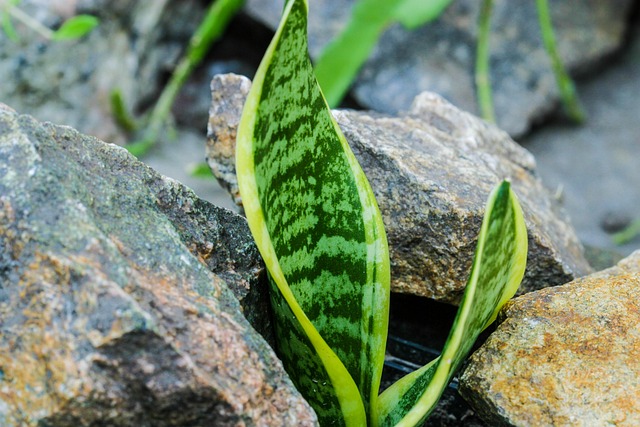
Just imagine:
You're sitting there, eyeing your snake plant, while your furry feline prowls nearby.
But wait, can cats eat snake plants?
Your heart races, worry creeps in, and I've got answers, my anxious friend. 😺
Let's delve into it together, shall we?
Common Houseplants That Are Safe for Cats
Cat-friendly houseplants for a safe home
Now, I know cats can be real curious creatures.
And sometimes their curiosity can get them in trouble if they come across toxic plants.
But don't worry. There are actually plenty of houseplants that your cat can enjoy without any harm.
Awesome alternatives to harmful favorites
Let's talk about the popular snake plant. As nice as it may look, it's just not safe for our feline friends.
So what can you choose instead?
Well, how about orchids?
These beautiful flowers give off a tropical vibe and won't cause any harm to your curious kitty.
Pretty cool, right?
If you prefer the attractive green foliage of alocasia, no need to stress!
You can still have that touch of green in your home with a cat-safe option like Calathea medallion.
It's a perfect win-win situation!
And for those who love jade and snake plants, don't feel bummed out. You have excellent alternatives like Haworthia retusa and caeroba. They are just as gorgeous and totally safe for your furry pal.
Other options friendly to your furry friend
Looking for something with more personality?
If you adore the aesthetic benefits of aloe vera, then the Haworthia zebra succulent is the way to go. It has that same unique look but won't pose any risks to your beloved pet.
And hey, if you're into pothos (another plant bad for cats), fear not!
The Chinese money plant from the Pilea genus family is a fantastic non-toxic substitute. It'll add some greenery to your space without putting your cat's health at risk.
How awesome is that?
Oh, and let's not forget peonies. They make for a stunning alternative to toxic tulips during springtime. Both you and your cat will appreciate the beautiful blooms.
When introducing new houseplants into your home, always be sure to prioritize your cat's safety.
Now, let me share some dog and cat cleaning tips with you so that you can maintain a pet-friendly environment.
And if you're wondering about the safety of spaying a pregnant cat, I have all the answers you need.
In my blog post Can You Spay a Pregnant Cat, I discuss whether it's possible and the potential risks involved.
So, if you're feeling concerned and cautious, I highly recommend checking it out.
The Plant: Snake Plant
Snake plants, also known as Sansevieria trifasciata or mother-in-law's tongue, are toxic to cats due to saponin toxins.
While a small amount of these plants ingested by cats is harmless, a high quantity can be poisonous.
The snake plant has saponins, chemical compounds that protect the plant but can cause symptoms in cats.
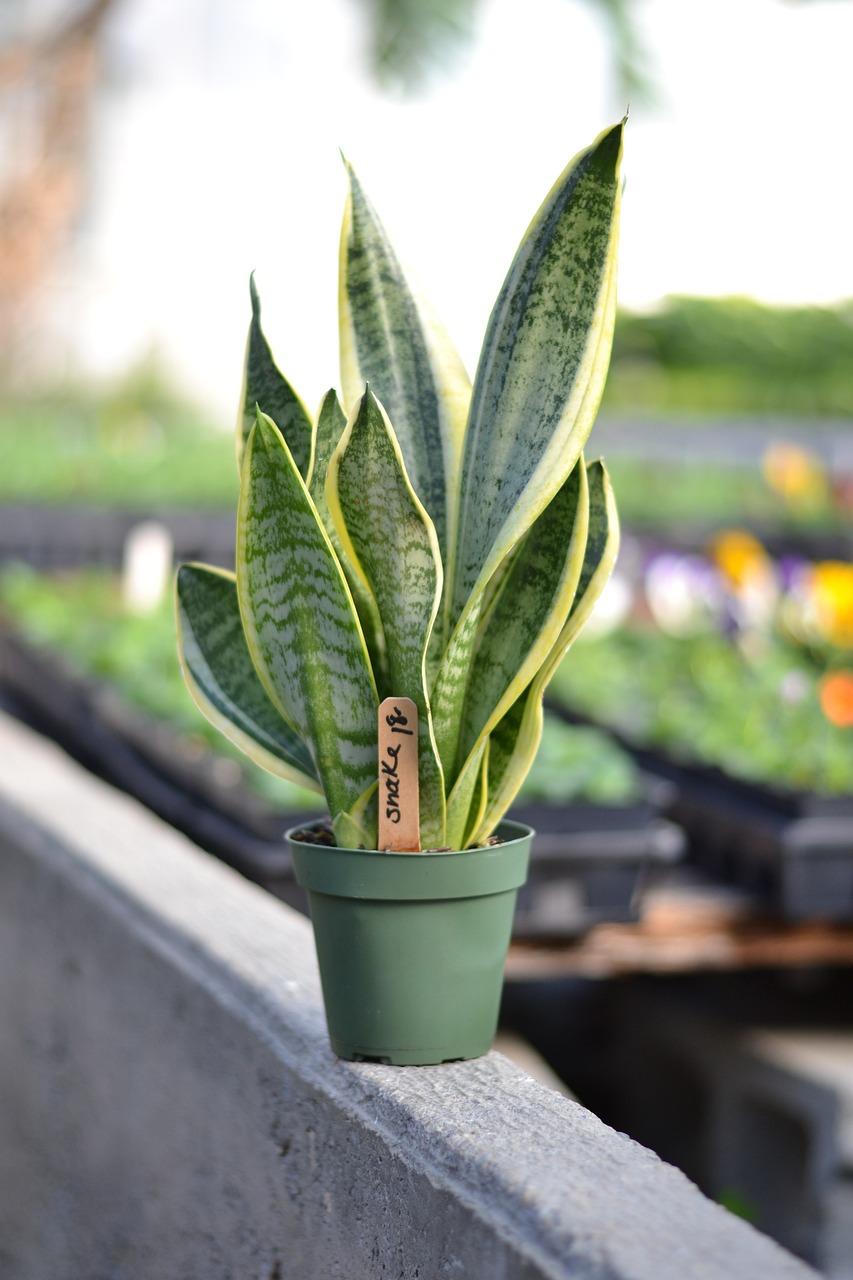
Every part of the snake plant, including the leaves and skin, can be toxic to cats.
Exposure to snake plants can lead to skin irritation, itchiness, and dermatitis in felines.
And if you're worried about your fur baby's hydration during the colder months, I found a solution that might interest you.
In my article, you can discover whether cats drink less water in the winter and learn some tips on how to make them consume more.
So don't hesitate, follow this link to find out more.
Common Houseplants That Are Most Toxic to Cats
When you have cats, you have to be careful about the plants you bring into your home if you want to keep them safe and healthy.
There are certain common houseplants that can be really harmful to cats if they eat them.
Here are a few plants you should definitely stay away from:
- Asparagus Ferns: These ferns might look harmless and cute, but they actually have something called sapogenins in them that can cause all kinds of tummy trouble for your cat. They might end up with an upset stomach, vomiting, or even an allergic reaction.
- Amaryllis: These flowers are beautiful, no doubt about that, but they're extremely toxic to cats. If your feline friend gets their paws on one, they could experience symptoms like trembling, seizures, cramping in their belly, drooling, and diarrhea. Definitely not something you want your furry buddy to go through.
- Ceriman (Swiss Cheese Plant): This plant is quite eye-catching, but unfortunately, it contains insoluble calcium oxalates. If your kitty takes a bite, they might get irritated in the mouth, struggle to swallow, and could even end up with kidney failure. It's best to avoid this one altogether.
- Alocasia Plants: These plants have a really striking appearance, but inside them are these little things called oxalate crystals. Ingesting these can cause some serious digestive problems for your cat and may even lead to kidney failure in severe cases.
These examples are just a glimpse of the many poisonous plants out there. There's a whole lot more your cats should steer clear of.
So, ensure you keep these dangerous plants well out of their reach.
That way, you can ensure your kitty stays happy and healthy. 😺
And now, let's take a closer look at the specific symptoms and risks associated with snake plant ingestion in cats...
Symptoms of Snake Plant Poisoning in Cats
Watch out for these signs of snake plant poisoning in cats:
- Cats may vomit.
- They might experience diarrhea.
- Look for swollen tongues or lips.
- Loss of appetite can be a symptom.
- Excessive drooling may occur.
- Breathing difficulties could be an issue.
- Cats with existing health problems could show more severe symptoms.
- Remember, all parts of the snake plant are unsafe and can cause reactions.
- Other plants like lilies, aloe vera, or pothos also pose a threat to cats.
- Jade and snake plants can induce vomiting, neurological symptoms, and depression.
Bear in mind...
Cats are sneaky about showing signs, so stay on the lookout for things like diarrhea, lethargy, and vomiting.
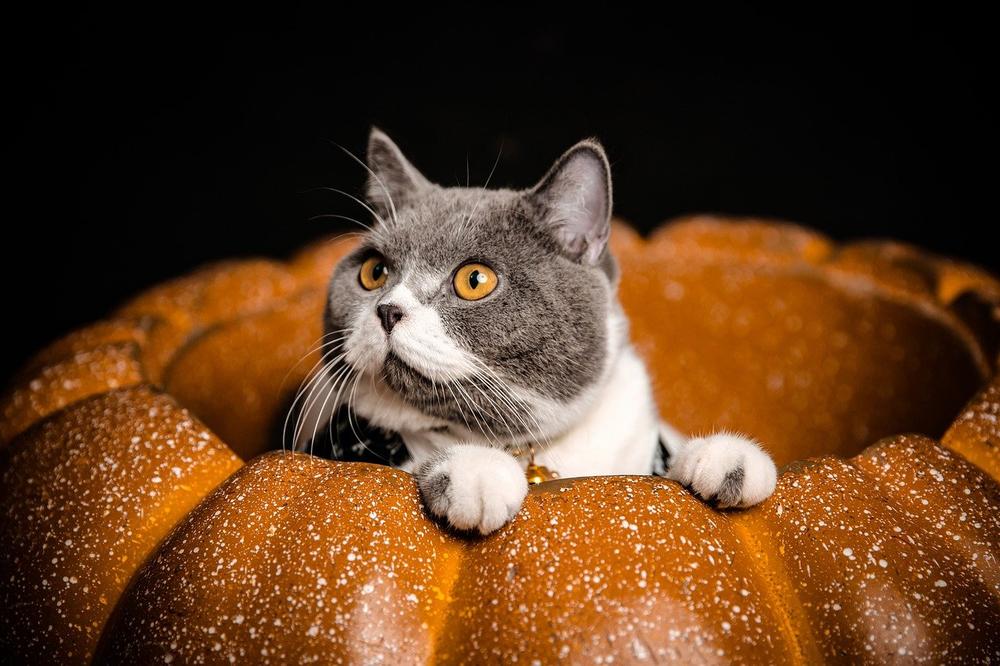
The saponins found in snake plants can irritate your cat's stomach, causing inflammation, discomfort, stomach pain, upset, diarrhea, and vomiting.
If your cat has trouble breathing after eating the plant, get immediate medical help.
Your cat's well-being comes first! 🚫
Treating Snake Plant Toxicity in Cats
When it comes to fixing your cat's snake plant problem, here's what you gotta know:
First off, the treatment depends on how your cat is doin'. You might need to take care of them a bit to help 'em feel better.
This could mean givin' some fluids straight into their veins to keep 'em hydrated or gettin' 'em some meds to calm down an upset tummy.
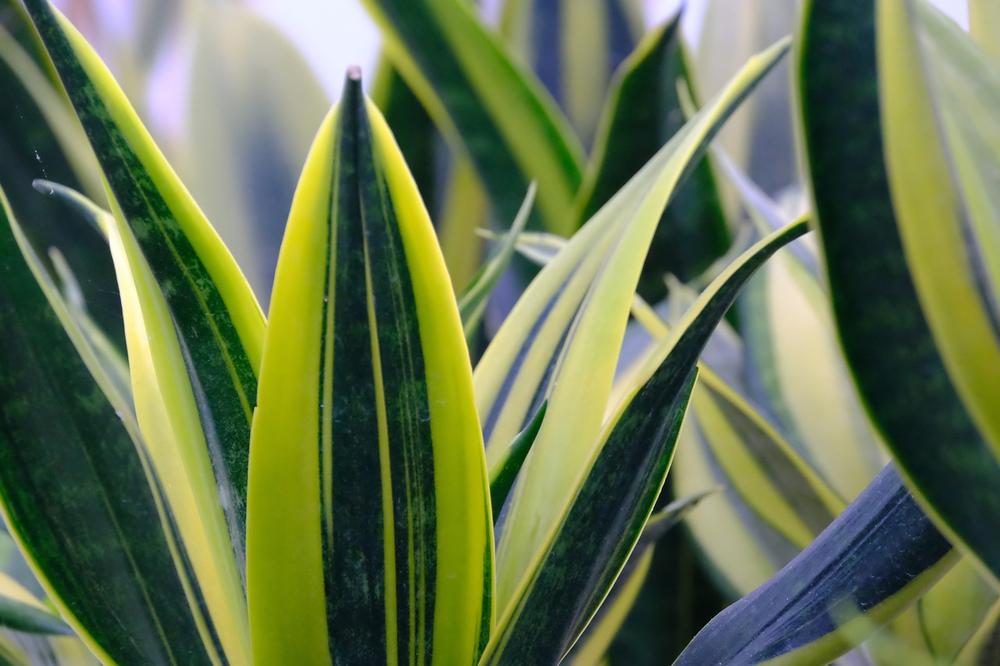
Sometimes the vet might even prescribe painkillers to make sure your cat is comfy durin' the recovery.
Just so you know, if your cat gets treated right away, snake plant trouble ain't usually deadly for 'em.
If you see your cat chompin' on a snake plant or showin' signs like throwin' up and havin' the runs, you better contact a vet pronto or call those Poison Hotline folks.
When you talk to the vet, ensure to give 'em all the info they need like what plant they nibbled on, your cat's history, when it happened, and how much they ate if you know.
Now here's the lowdown on fixin' snake plant problems in cats:
- Gettin' veterinary help is super important if your cat ate a snake plant.
- If your cat feels kinda bad but not too horrible, follow some basic steps at home to help 'em out.
- But if things are really bad, go straight to the pros for help.
- Recovery time takes about 24-48 hours on average.
- Don't worry too much, cat fatalities from snake plants are rare.
Take care of your cat's health by gettin' 'em the right treatment as soon as you can.
How Do I Stop My Cat From Eating My Snake Plant?
When you have a snake plant and a curious cat, it's crucial that you prioritize keeping your cat from munching on the plant.
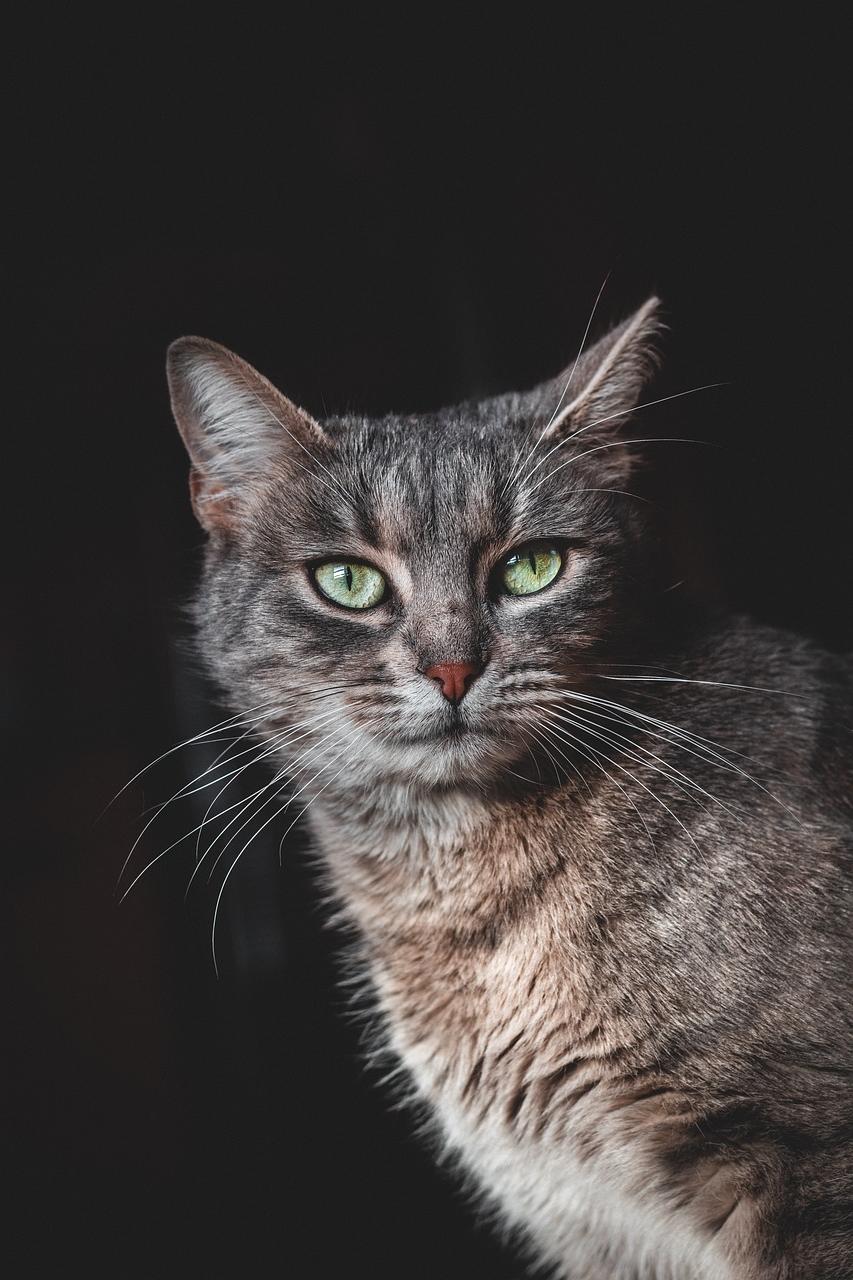
Here are some practical ways to achieve this:
- Create a safe space or use a cage: Find a spot in your home where you can put the snake plant beyond your cat's reach. Consider using a cage or barrier to provide full protection for the plant.
- Utilize lemon peels or cat-repellent spray: Cats aren't fans of the citrus scent, so placing lemon peels near the plant or applying cat-repellent spray can discourage them from approaching.
- Keep your cat entertained with toys: Often, boredom drives cats to nibble on plants. Provide stimulating toys and playtime to keep your cat engaged and distracted from the snake plant.
- Cover the soil with aluminum foil: The texture of aluminum foil bothers cats. By covering the soil around the snake plant with foil, you create a surface they'd rather avoid.
- Offer safe alternatives: To satisfy your cat's craving for greens, set up an indoor cat grass garden or provide catnip toys as chewable alternatives.
It's worth noting that most cats are discouraged by the bitter taste of snake plants.
Nevertheless, it's wise to err on the side of caution.
Keeping your cats and snake plants apart will not only ensure their well-being but also prevent any unwanted mishaps.
Last word
Key Takeaways:
- There are many non-toxic houseplants that are safe for cats.
- Snake plants contain saponin toxins and are toxic to cats.
- Common toxic plants for cats include sago palms, asparagus ferns, Aloe vera, cyclamen, and more.
- Symptoms of snake plant ingestion in cats include vomiting, diarrhea, and swelling.
- Immediate veterinary care is necessary if a cat ingests toxic plants.
- Treatment for snake plant toxicity varies depending on symptoms and may include supportive care and medication.
- Preventative measures to keep cats away from snake plants include placing the plant out of reach and using deterrents.
- It is recommended to remove snake plants from your home if you have a cat.
- Offering safe alternatives, such as cat grass, can redirect a cat's instinct to chew on plants.
- Basepaws offers DNA tests for cats that provide valuable health information.
And that wraps up today's article.
If you wish to read more of my useful articles, I recommend you check out some of these: Are Impatiens Poisonous to Cats, Are Cosmos Poisonous to Cats, Is Polka Dot Plant Toxic to Cats, Are Stink Bugs Poisonous to Cats, and Are Asparagus Ferns Toxic to Cats
Talk soon,
-Sarah Davis